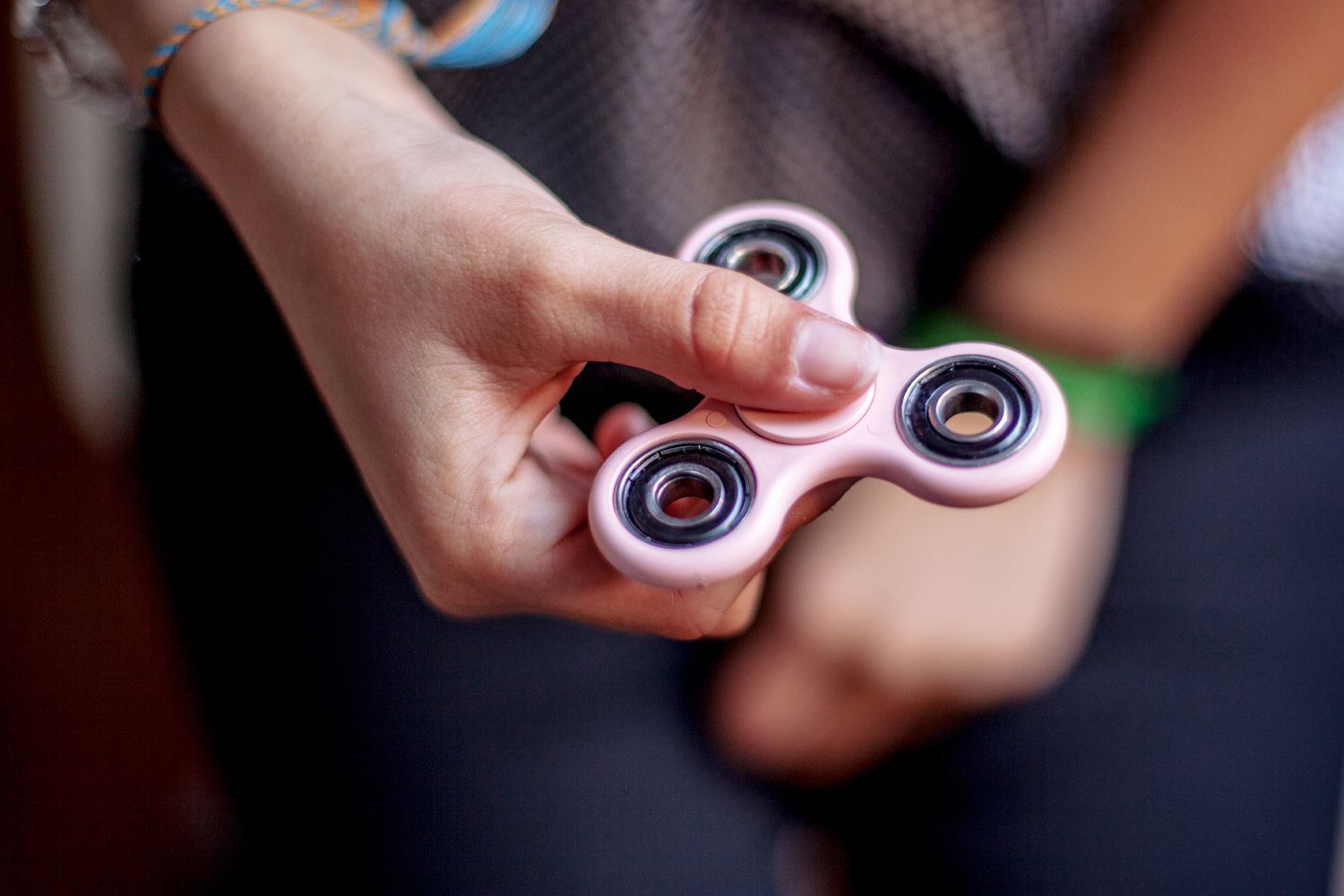
From Fidgety to Focused: How Fidget Toys Enhance Concentration
Do you recall the days of tapping your feet or twirling your pen in an attempt to keep yourself centered during tedious meetings? Those unconscious actions might have been more beneficial than you thought. In recent years, we’ve seen a surge in the popularity of tools designed explicitly to aid those restless moments – fidget toys. Dive into the enigmatic world of these gadgets and discover how they might be the concentration booster you never knew you needed.
Understanding Fidgetiness and Concentration
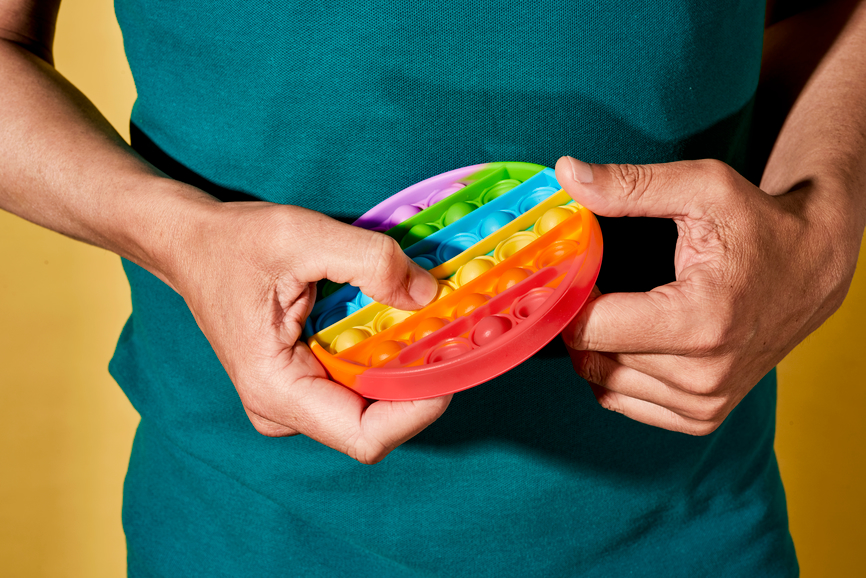
Our brains, quite wonderfully complex, are wired to be alert and responsive. Fidgetiness, or the restless urge to move, is a manifestation of this alertness. When our brains aren’t sufficiently engaged, they seek out distractions, leading us to become restless. Interestingly, this very restlessness can be harnessed and channeled to improve concentration. What is more, personalized fidget spinners can target exactly what you need and help even more.
By contrast, concentration is our ability to direct our cognitive resources towards a particular task, tuning out distractions. While it may seem counterintuitive, engaging in a secondary, mindless activity, such as playing with a fidget toy, can enhance our primary task’s focus. This secondary activity offers just the right amount of distraction to keep the brain engaged, bridging the gap between restlessness and concentration.
The Role of Sensory Stimulation
Sensory input plays an essential part in our daily life. We’re continuously processing a myriad of stimuli. At times, these can be overwhelming, especially for those with sensory processing issues. By offering a controlled form of stimulation, fidget toys can act as a soothing agent, streamlining chaotic sensory inputs into organized outputs.
On the other hand, some individuals may experience under-stimulation. In these cases, the absence of adequate sensory input can lead to restlessness and inattention. Fidget toys offer tactile stimulation that fills this sensory void, acting as a balancing tool. The gentle, repetitive motions associated with these toys provide the brain with consistent feedback, fostering an environment conducive to focus.
Science Behind Fidget Toys and Focus
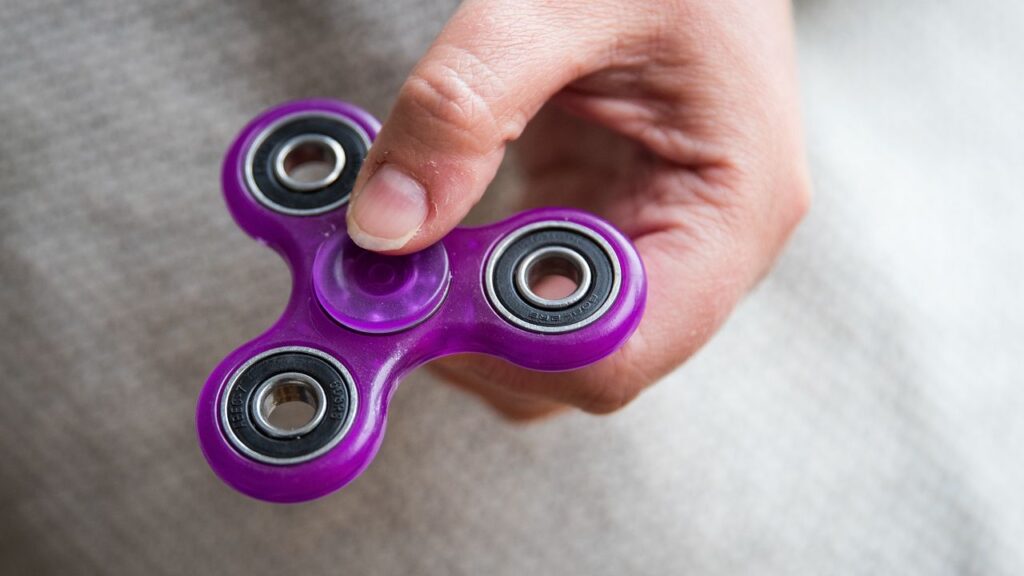
Research has increasingly supported the link between movement and cognitive function. One theory suggests that engaging in minor physical activity releases neurochemicals like dopamine and norepinephrine, which are essential for attention and focus. Thus, small actions like squeezing a stress ball or spinning a fidget spinner may facilitate these chemical releases.
Evidence from various studies has also indicated that fidget tools can be especially beneficial for individuals with attention disorders. The slight distraction they offer can occupy the ‘under-stimulated’ parts of the brain, allowing the ‘focused’ areas to better attend to the primary task. It’s a delicate balance, but when achieved, it leads to enhanced concentration.
Benefits of Fidget Toys for Different Age Groups
Young learners, ever so curious and energetic, often find it hard to stay still. For them, fidget tools can be more than toys. These gadgets can help them channel their boundless energy, allowing them to engage better in academic activities. They provide a non-disruptive outlet for their restless tendencies.
For adults, the workplace can be riddled with long meetings and tight deadlines. Fidget devices offer a subtle way to channel stress and anxiety. These tools can aid in maintaining focus during prolonged periods of attention, making tasks seem less daunting and more achievable.
Types of Fidget Toys and Their Mechanisms
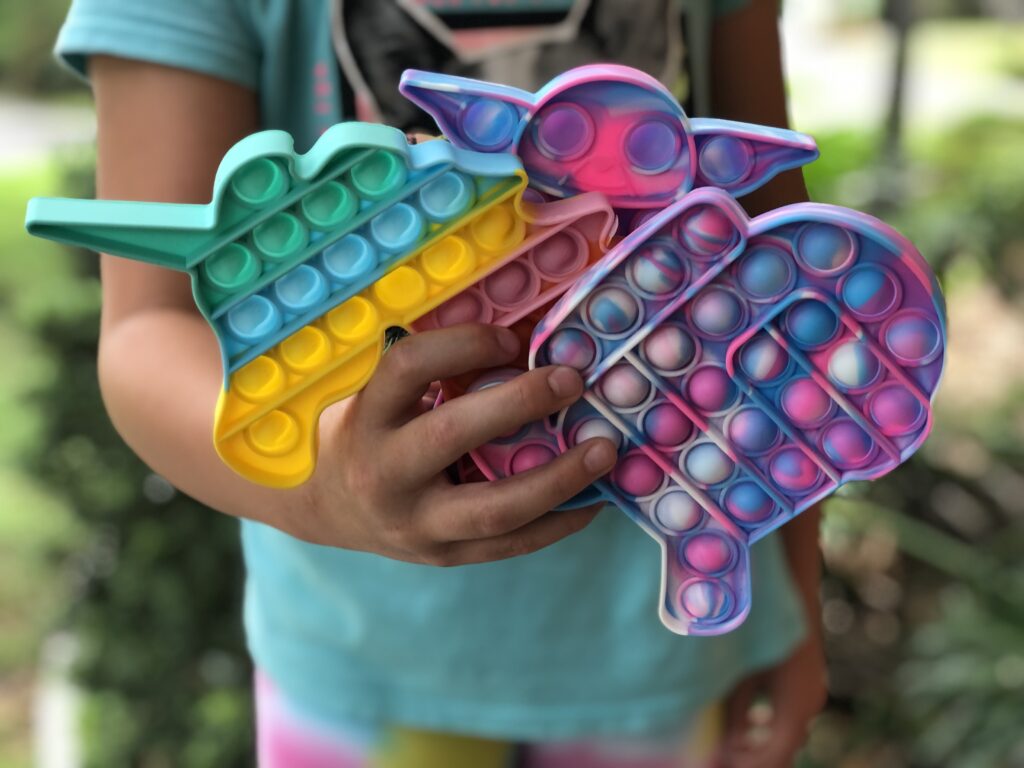
Spinners and cubes have taken the world by storm, but they are just the tip of the iceberg. There are countless designs tailored to individual needs. Stress balls, for instance, allow users to channel tension through squeezing, offering a tangible release for pent-up anxiety.
On the other end of the spectrum are tactile toys like putty or sand-filled pouches, designed for those who seek sensory input. These items offer a hands-on experience, providing continuous tactile feedback, which can be immensely satisfying and calming for many.
Choosing the Right Fidget Toy
Selecting an appropriate fidget device is akin to choosing the right pair of shoes: it has to fit. One should consider the primary need, whether it’s sensory stimulation, stress relief, or simple distraction. It’s also essential to think about where it will be used. Some toys might be noisy and could disturb others in quiet environments.
Durability and safety should also be on your checklist. Especially if the tool is intended for younger users, ensure it’s made from non-toxic materials and doesn’t have parts that can be easily swallowed or broken.
Incorporating Fidget Toys in Educational Settings

Educational environments can immensely benefit from the inclusion of fidget tools. For students who struggle with maintaining attention, these toys can be a game-changer. However, it’s essential to ensure that their use doesn’t become disruptive. Introducing guidelines and educating students on the purpose and proper use of these tools is paramount.
Teachers can also use them as rewards or motivational tools. By understanding each student’s unique needs, educators can determine which students might benefit most from these toys and incorporate them into individualized learning plans.
Potential Drawbacks and Misconceptions
Not every glittering object is gold, and the same holds for fidget toys. A common misconception is that they are a one-size-fits-all solution. Their effectiveness varies from person to person. Some may find them more distracting than helpful.
It’s also worth noting that while these tools can aid concentration, they aren’t a cure for attention disorders. Relying solely on them without considering other interventions or strategies might not yield the desired results.
Guidelines for Effective Use of Fidget Toys
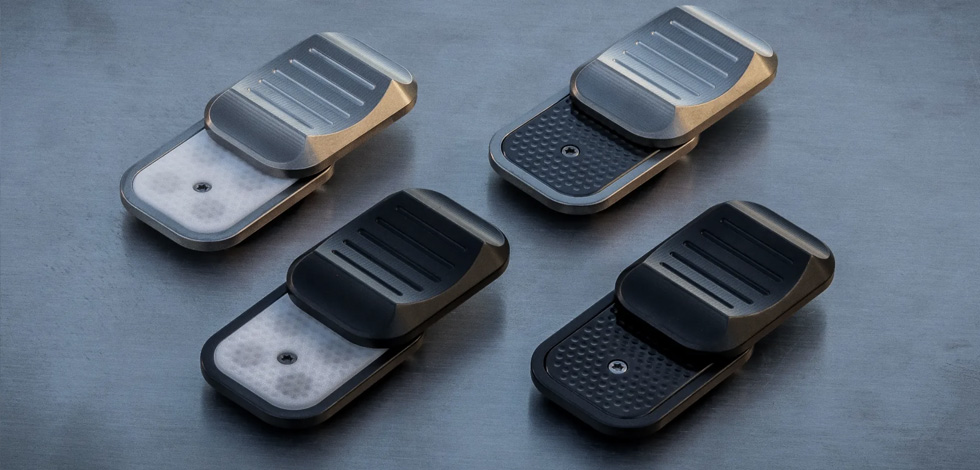
To maximize the benefits of fidget devices, it’s essential to use them appropriately. First, understand the primary reason for using the toy – whether it’s for sensory input, distraction, or stress relief. Then, ensure it’s used in environments where it’s unlikely to disturb others.
Regular breaks are essential. Using these tools continuously can lead to over-reliance. It’s beneficial to set specific periods for their use, ensuring they complement rather than dominate the primary activity.
Final Thoughts
The realm of fidget toys is vast and intriguing. While they offer a plethora of benefits, understanding their purpose and employing them judiciously is crucial. In the quest from fidgety to focused, they can indeed be powerful allies. But remember, the journey to improved concentration is multifaceted, and while these tools can help, a holistic approach always yields the best results.
